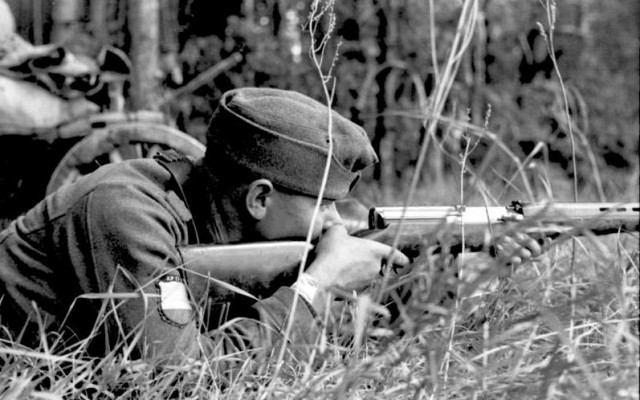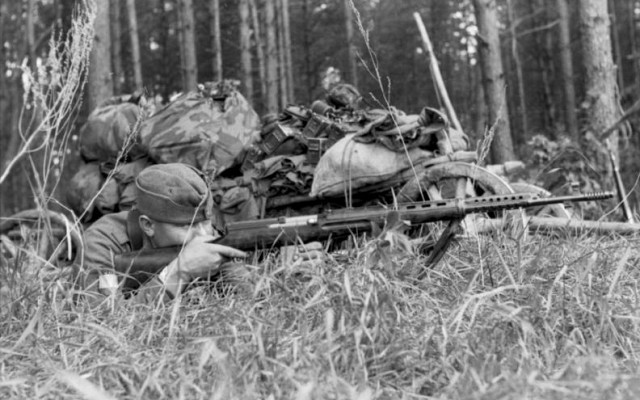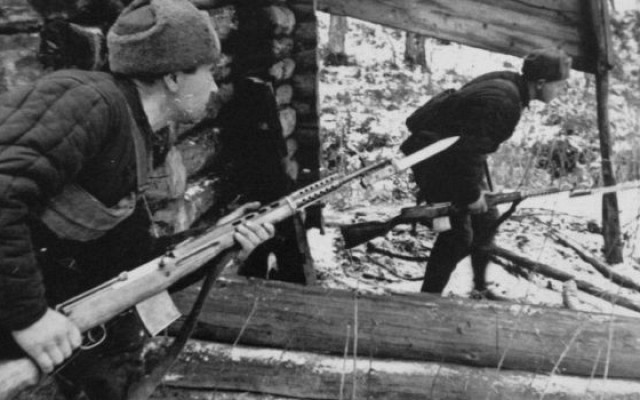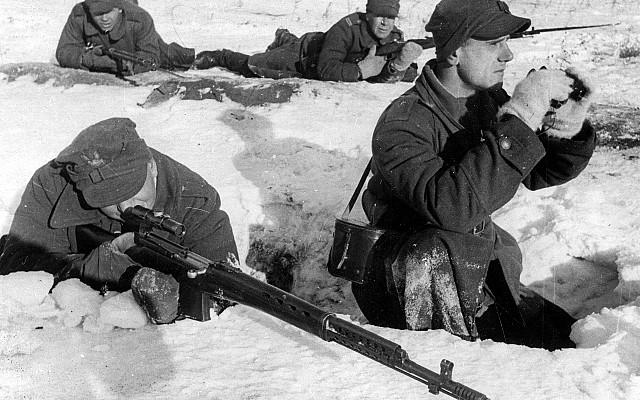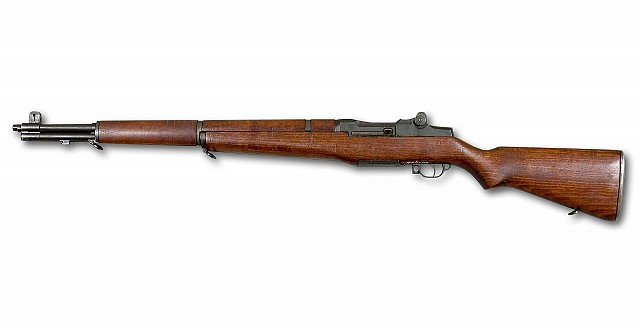Tokarev SVT-40
Overview
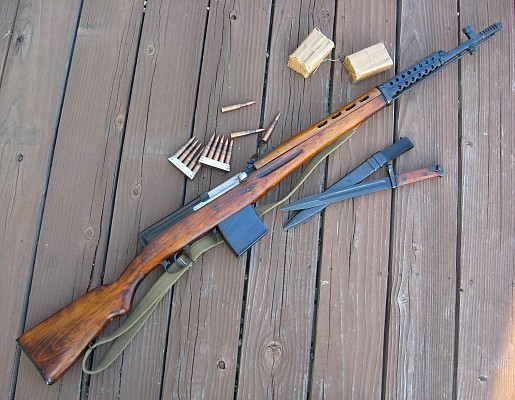
SVT-40
Right side view of SVT-40 self-loading rifle.
Source: Drake00 -
© GNU Attribution Share Alike license
SVT-38
1939
SVT-40
Soviet Union - Izhmash
About 1.4 million SVT-40
51.000 SVT-40 PU
Russian for "Tokarev self-loading rifle, model of 1940".
Sveta
Russian nickname
Selbstladegewehr 258(r)
Nazi German index for captured SVT-38
Selbstladegewehr 259(r)
Nazi German index for captured SVT-40
Nazi Germany
Finland
Description
Introduction
The SVT-40 is a World War 2 era self-loading rifle of Soviet origin. Fedor Tokarev developed this rifle with the intention of it becoming the new standard issue rifle of the Soviet Union. It was used in large quantities during World War 2, but was never as ubiquitous as the Mosin-Nagant bolt-action rifle in Soviet service.
Design
The SVT-40 is a gas operated rifle with a short stroke-piston and a tilting bolt. The gas system is adjustable. The wooden stock features a traditional rifle grip.
Firepower
The SVT-40 uses the 7.62x54mm Russian cartridge from a 10 round magazine. The magazine is detachable, but the rifle can also be reloaded using 5 round stripper clips. The main feature of the SVT-40 is that it is a semi-automatic rifle. Despite the various minor issues this made the SVT-40 more combat effective than the bolt-action Mosin-Nagant. The AVT-40 is a select-fire variant with a cyclic rate of fire of 750 rpm.
Users
The main user of the SVT-40 was the USSR. Although intended to become the primary service rifle, it wasn't nearly as common as the Mosin-Nagant. The SVT-40 was often issued to specialist units, such as naval infantry and shock troops. Captured weapons were used by Finland and Nazi Germany. After World War 2 the SVT-40 was put in storage and replaced with the SKS. During the early stages of the Cold War various Soviet allies also received SVT-40 rifles.
Details
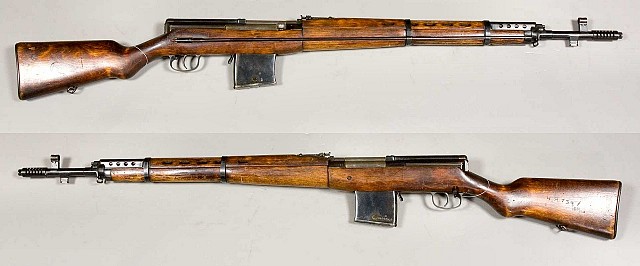
SVT-38
Left and right side view of SVT-38 self-loading rifle.
Source: Armémuseum -
© Public domain
